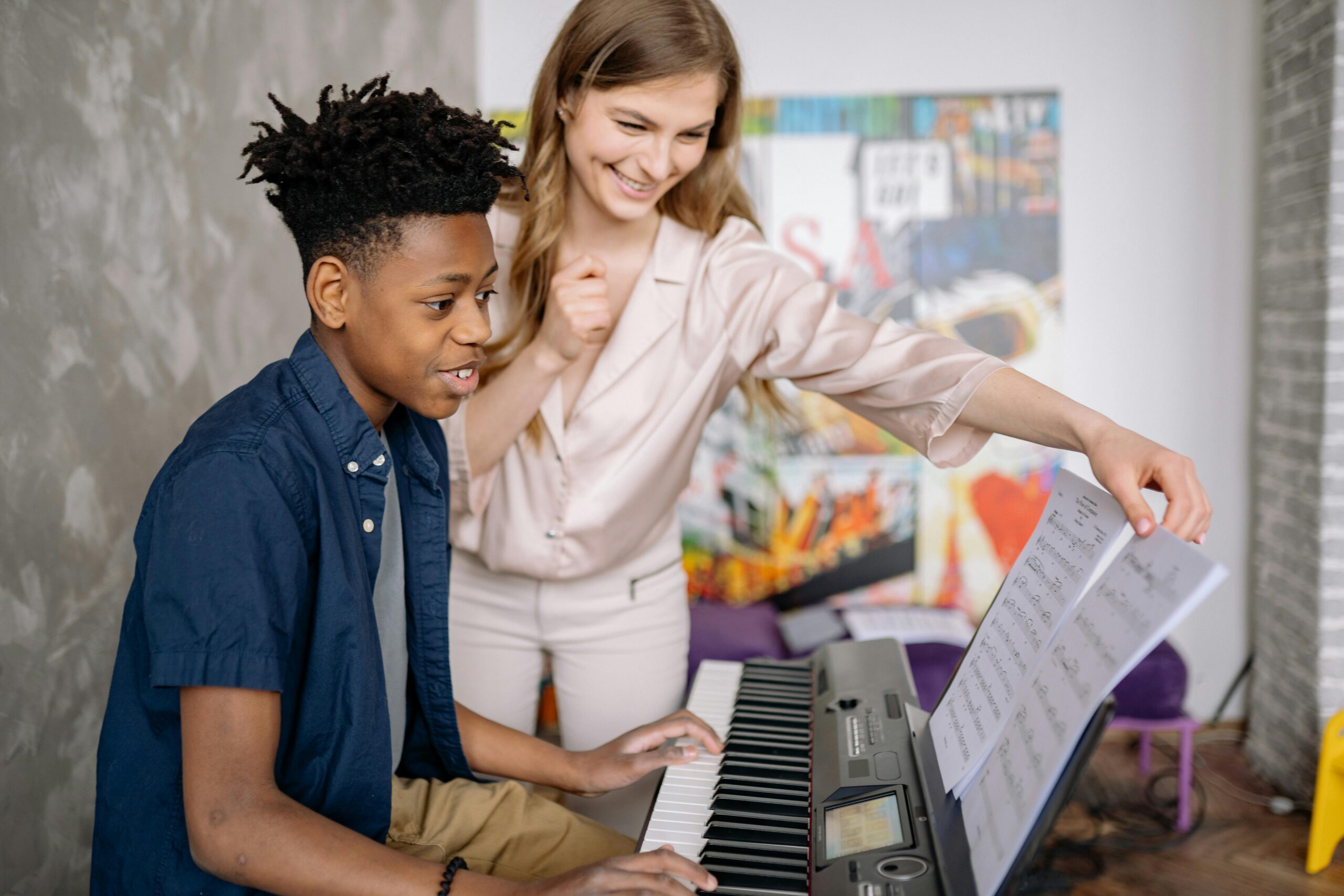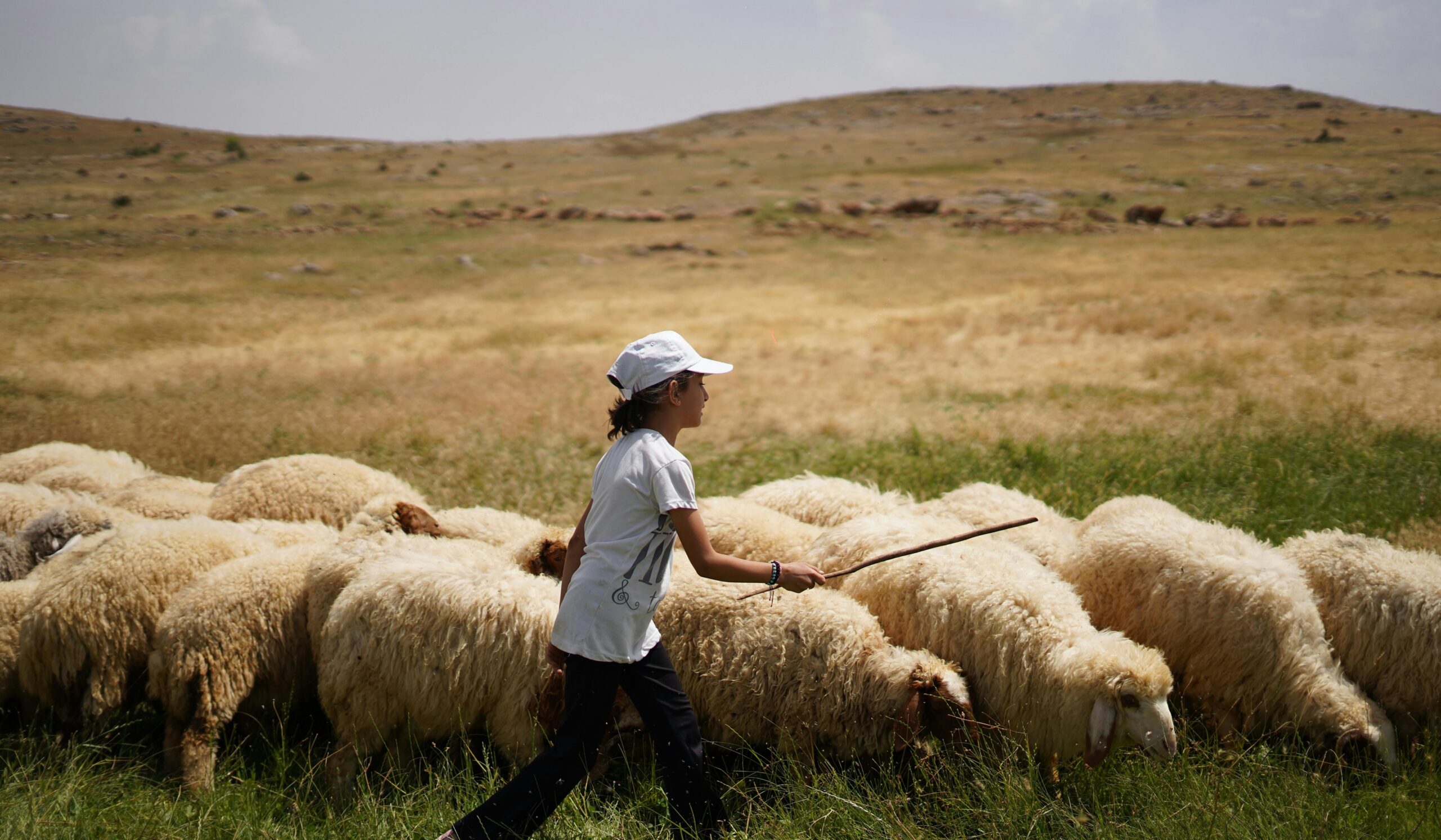
Three Ingredients to Help Students Recover Following a Pandemic
By: Tim Elmore
Today’s kids were already facing mental health problems. Now they feel delayed by COVID-19, and it’s added to their anxiety levels. According to Barna’s research, 82 percent of Generation Z members believe they’ve been traumatized. While it sounds extreme, many of them feel:
- Postponed
- Pushed aside
- Penalized.
This group of teens believes part of the traditional American experience was lost to a pandemic. In 2020, they had no proms. No signed yearbooks. Strange graduation ceremonies. They feel grief. Loss. Isolation. Angst. These kids deserve special leadership from us. Younger children, in the Alpha Generation, are observing and forming memories of older populations who are:
- Divided
- Diseased
- Depressed.
A Walk Down Memory Lane
What can we learn from history? How have past tragedies, crises, or pandemics affected us? How did past generations of adults (teachers and parents) lead children through these crises?
“Researchers are revising the traditional view of psychological trauma, which emerged after World War I when soldiers were diagnosed with the condition of ‘shell shock.’ It was ultimately known by the broader term, post-traumatic stress disorder (PTSD). Some bad events, unlike good events, would affect people for decades or for life. When a bad event had permanent effects, like an accident that left someone unable to use their arms or legs, it could permanently reduce a person’s level of happiness,” writes John Tierney in The Power of Bad.
But stress doesn’t have to cause a disorder. It can actually be leveraged for good.
Beginning in the 1990s, psychologists noticed something else. At least half of the population who’d endured a traumatic event showed no signs or symptoms of past-traumatic stress. Four out of five trauma victims did not suffer from PTSD afterward. In fact, typically they emerged even stronger. Instead of being permanently scarred by the tragedy, they experienced post-traumatic growth or PTG. This diagnosis was introduced by psychologists Richard Tedeschi and Lawrence Calhoun. (It’s not nearly as well-known as PTSD because good is never as newsworthy as bad.) Yet, it’s far more common. Studies reveal that more than 60 percent, and even as high as 90 percent, of trauma victims undergo post-traumatic growth, including ones who initially showed symptoms of PTSD. Psychologists now use a chart to track PTG. These people enjoy:
- Increased appreciation of life
- Deeper relationships with others
- New perspectives and priorities
- Greater personal strength.
So, how do we ensure that good comes from bad in our students?
Three Ingredients to Guide Their Narratives
I believe we can help kids come out of this pandemic with a hopeful (rather than a despairing) narrative. We must embrace the job of guiding their narrative. But it’s not as simple as it sounds. Below, I offer the LEG we have to stand on as we undertake this task:
- L – Listen. This enables them to feel heard and valued.
- E – Empathize. This enables them to feel understood and validated.
- G – Guide. Only after we listen and care can we guide them in making sense of everything going on.
What if you took 15 minutes and made a pro and con list on a whiteboard? Ask students to list all the good and bad outcomes of the last two years. Making a con list will let them know you get it—this pandemic has not been easy or fun. But making a pro list enables them to see the silver lining in the dark cloud. It may just foster post-traumatic growth.
Experiments with counselors demonstrate that negative emotions fade faster than positive ones in most kids. Generally, however, a hopeful narrative requires someone to listen as children vent and to earn the right to help them gain perspective on what they are feeling. When we listen and help them make sense of His-story, we see loads of hopeful results have come from tragic times. Every pandemic has produced positive outcomes such as vaccines, economic progress, inventions, and discoveries we may not have enjoyed had it not been for a pandemic.
Did you know that Isaac Newton was a student during the Great Plague of London?
It was at the end of a terrifying pandemic, and he was sent home from Cambridge University (in the school’s own version of social distancing). Instead of wasting months, he decided to take advantage of the moment. No teacher was telling him what to study or how to study it. It was in quarantine that Newton created the course we now know as calculus. He also came up with his theories on optics, which we still use to this day. And finally, when an apple fell from a tree, he discovered the laws of motion and the law of gravity. All this happened while he was in quarantine during that dreadful era of history.
Who knows what kids might achieve today if we guide them well?
You can pick up a copy of, The Pandemic Population, outlining the research behind how we can lead these students to recover from this COVID-19 season with a positive narrative. CLICK HERE.
Three Ingredients to Guide Their Narratives
I believe we can help kids come out of this pandemic with a hopeful (rather than a despairing) narrative. We must embrace the job of guiding their narrative. But it’s not as simple as it sounds. Below, I offer the LEG we have to stand on as we undertake this task:
- L – Listen. This enables them to feel heard and valued.
- E – Empathize. This enables them to feel understood and validated.
- G – Guide. Only after we listen and care can we guide them in making sense of everything going on.
What if you took 15 minutes and made a pro and con list on a whiteboard? Ask students to list all the good and bad outcomes of the last two years. Making a con list will let them know you get it—this pandemic has not been easy or fun. But making a pro list enables them to see the silver lining in the dark cloud. It may just foster post-traumatic growth.
Experiments with counselors demonstrate that negative emotions fade faster than positive ones in most kids. Generally, however, a hopeful narrative requires someone to listen as children vent and to earn the right to help them gain perspective on what they are feeling. When we listen and help them make sense of His-story, we see loads of hopeful results have come from tragic times. Every pandemic has produced positive outcomes such as vaccines, economic progress, inventions, and discoveries we may not have enjoyed had it not been for a pandemic.
Did you know that Isaac Newton was a student during the Great Plague of London?
It was at the end of a terrifying pandemic, and he was sent home from Cambridge University (in the school’s own version of social distancing). Instead of wasting months, he decided to take advantage of the moment. No teacher was telling him what to study or how to study it. It was in quarantine that Newton created the course we now know as calculus. He also came up with his theories on optics, which we still use to this day. And finally, when an apple fell from a tree, he discovered the laws of motion and the law of gravity. All this happened while he was in quarantine during that dreadful era of history.
Who knows what kids might achieve today if we guide them well?
You can pick up a copy of, The Pandemic Population, outlining the research behind how we can lead these students to recover from this COVID-19 season with a positive narrative. CLICK HERE.






